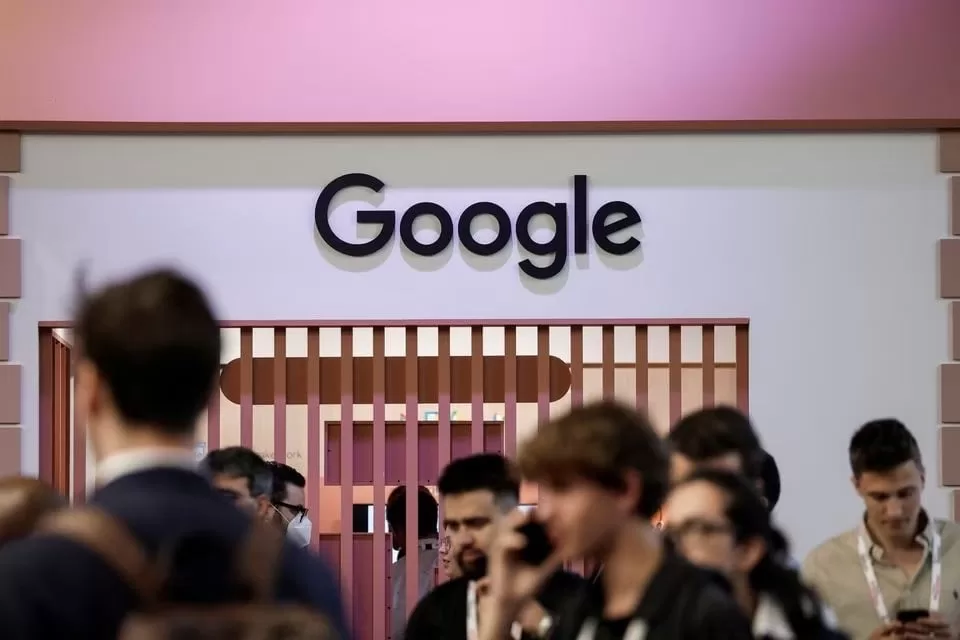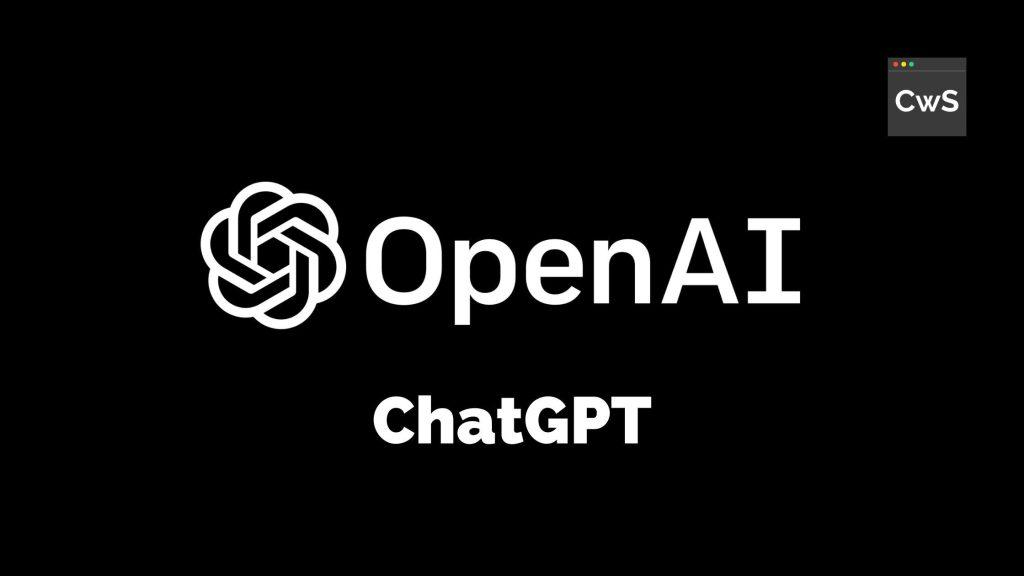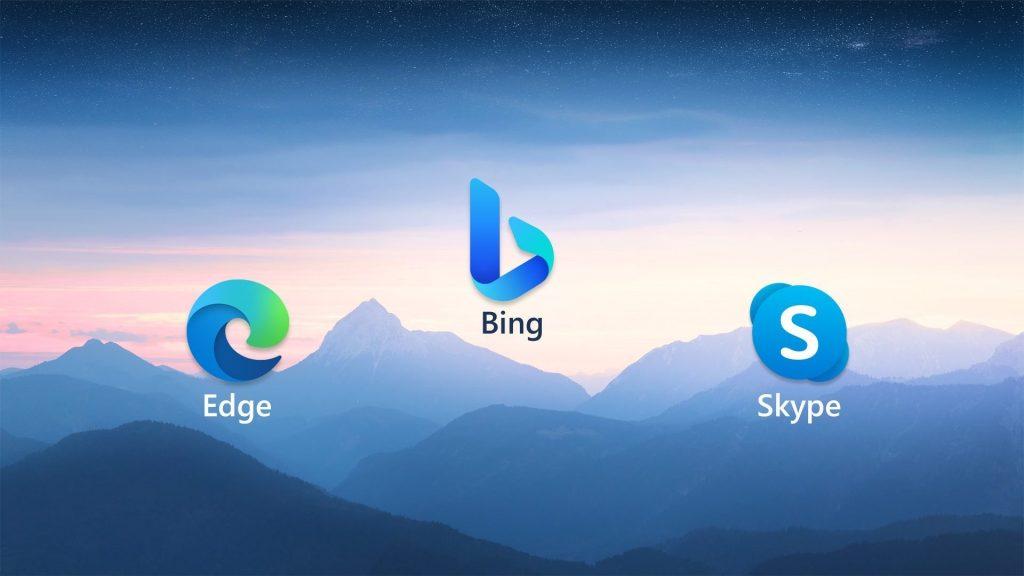
Letters in order Inc’s Google delivered on Tuesday new insights regarding the supercomputers it utilizations to prepare its computerized reasoning models, saying the frameworks are both quicker and more power-productive than equivalent frameworks from Nvidia Corp.
Google has planned its custom chip called the Tensor Handling Unit, or TPU. It involves those chips for over 90% of the organization’s work on man-made brainpower preparing, the most common way of taking care of information through models to make them helpful at undertakings, for example, answering questions with human-like text or creating pictures.
The Google TPU is currently in its fourth era. Google on Tuesday distributed a logical paper specifying how it has hung more than 4,000 of the chips together into a supercomputer utilizing its own exclusively evolved optical changes to assist with interfacing individual machines.
Further developing these associations has turned into a central issue of contest among organizations that form computer-based intelligence supercomputers because supposed huge language models that power advances like Google’s Versifier or OpenAI’s ChatGPT have detonated in size, meaning they are very enormous to store on a solitary chip.
The models must rather be parted across a huge number of chips, which should then cooperate for a long time or more to prepare the model. Google’s PaLM model – its biggest freely unveiled language model to date – was prepared by parting it across two of the 4,000-chip supercomputers north of 50 days.
Google said its supercomputers make it simple to reconfigure associations between chips on the fly, keeping away from issues and change for execution gains.
“Circuit exchanging makes it simple to course around bombed parts,” Google Individual Norm Jouppi and Google Recognized Specialist David Patterson wrote in a blog entry about the framework. “This adaptability even permits us to change the geography of the supercomputer interconnect to speed up the exhibition of an ML (AI) model.”
While Google is just now delivering insights concerning its supercomputer, it has been online inside the organization beginning around 2020 in a server farm in Mayes Region, Oklahoma. Google said that startup Midjourney utilized the framework to prepare its model, which produces new pictures in the wake of being taken care of a couple of expressions of text.
In the paper, Google expressed that for equivalently estimated frameworks, its chips depend on 1.7 times quicker and 1.9 times more power-productive than a framework given Nvidia’s A100 chip that was available simultaneously as the fourth-age TPU.
An Nvidia representative declined to remark.
Google said it didn’t contrast its fourth age with Nvidia’s ongoing leader H100 chip because the H100 came to the market after Google’s chip and is made with more current innovation.
Google indicated that it very well may be dealing with another TPU that would rival the Nvidia H100 yet gave no subtleties, with Jouppi letting Reuters know that Google has “a solid pipeline of future chips.”














